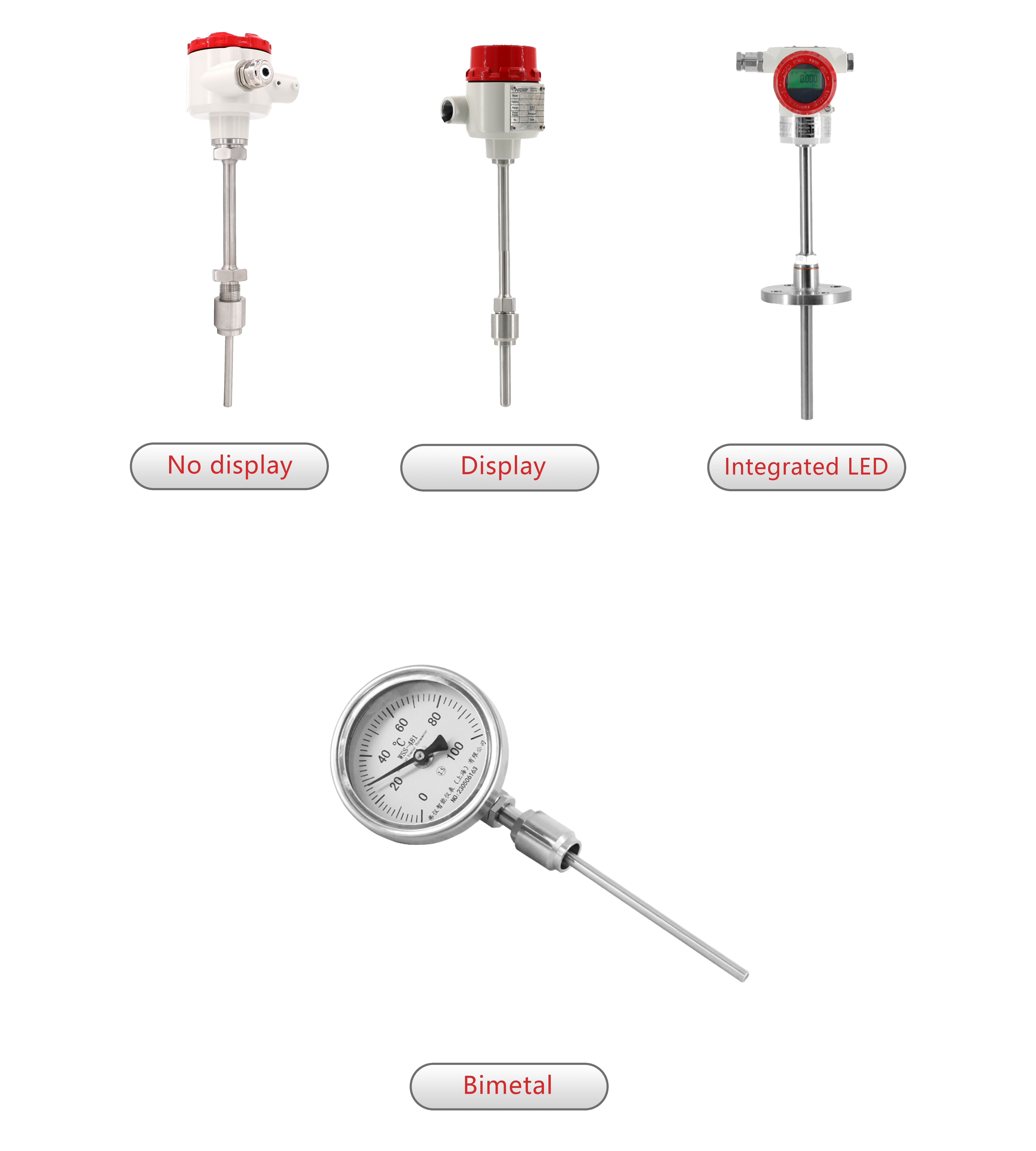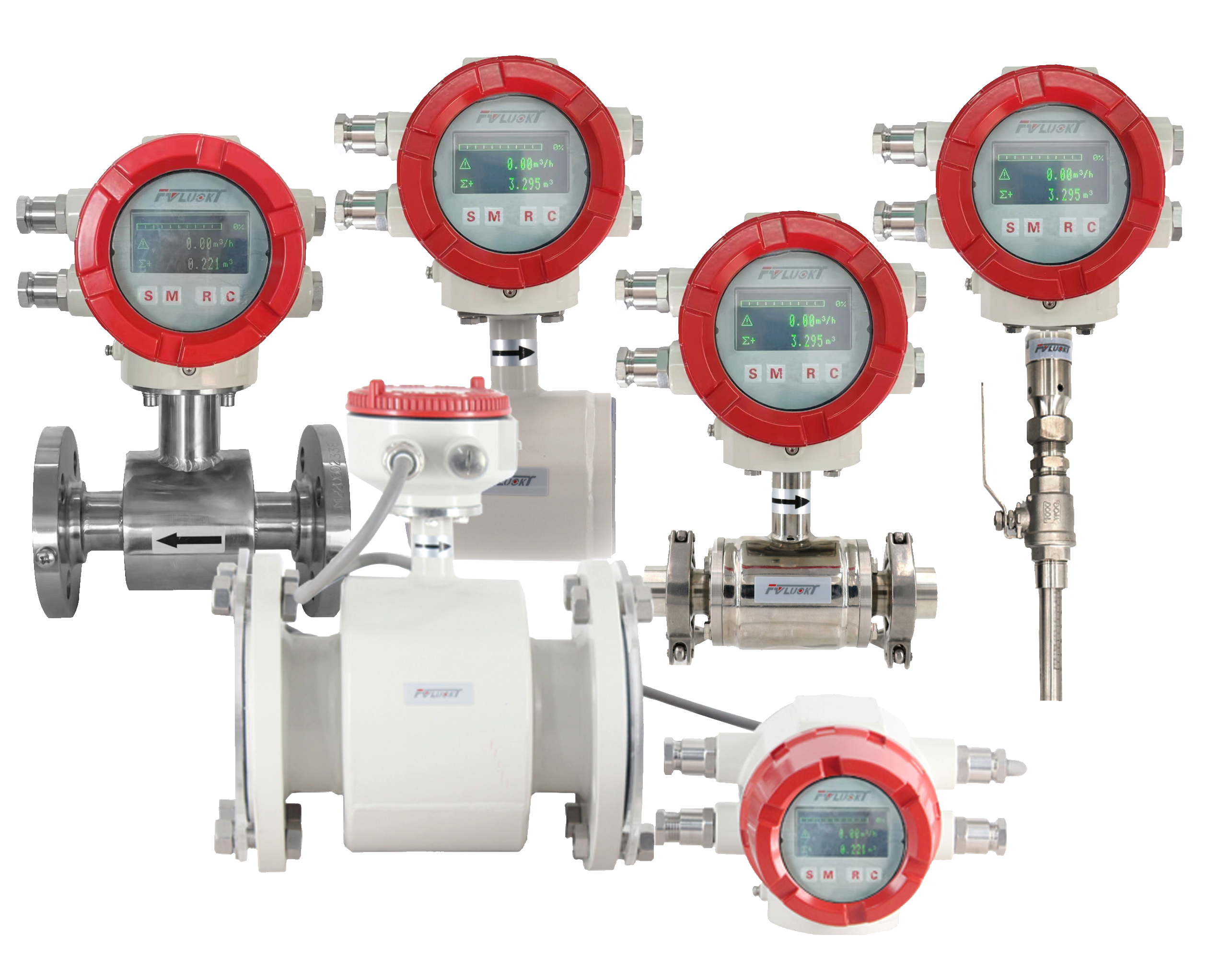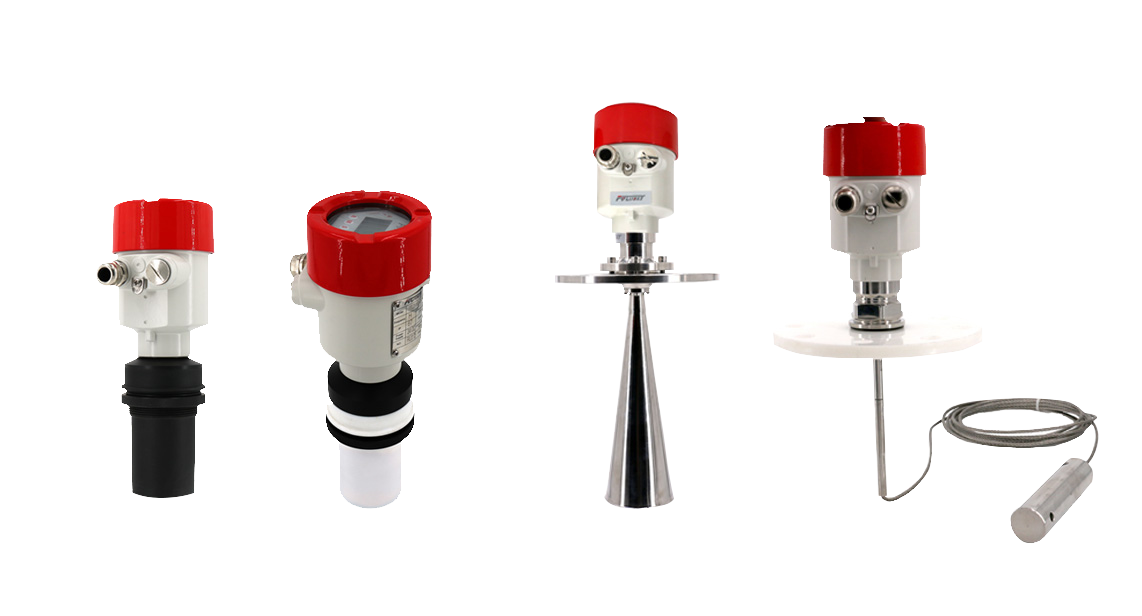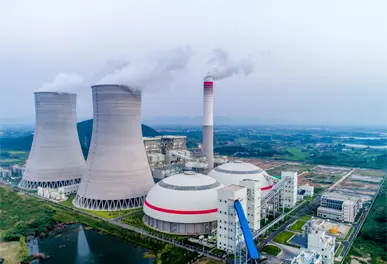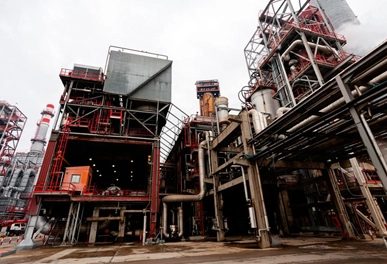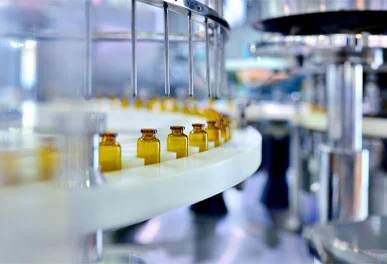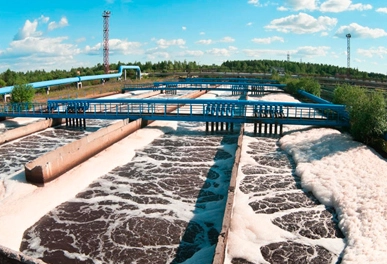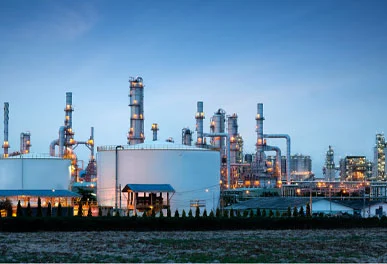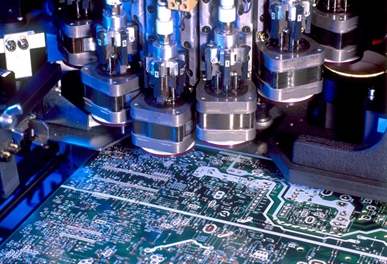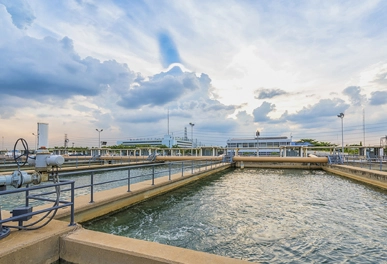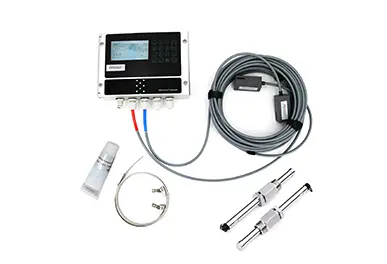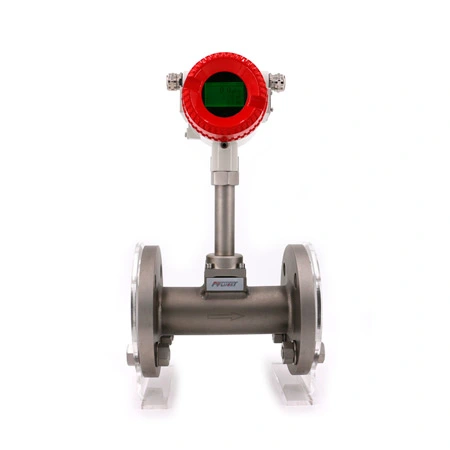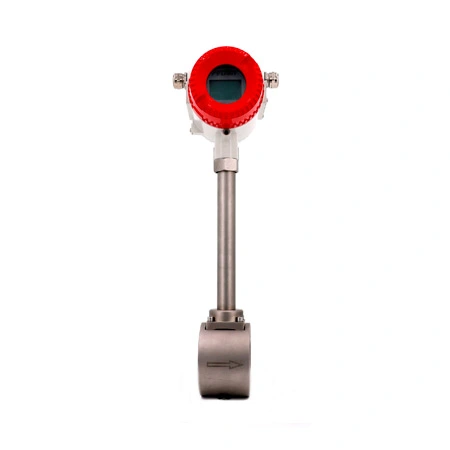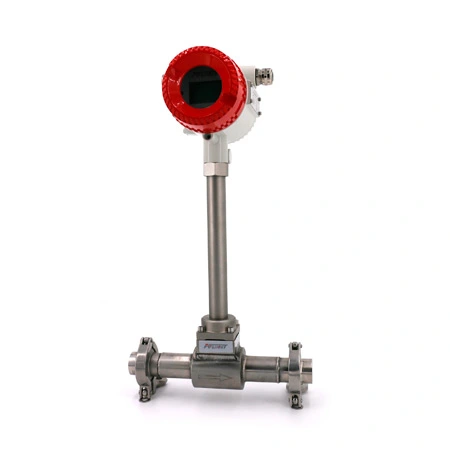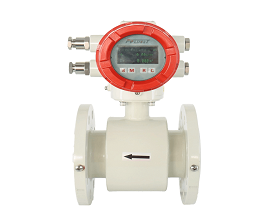Vortex Flowmeters
Vortex flowmeters are advanced instruments that measure fluid flow rates by detecting vortices shed by a bluff body placed in the flow path. Vortex flow sensors offer high accuracy and reliability across a wide range of temperatures and pressures, making them ideal for various industrial applications.
How Does A Vortex Flowmeter Work?
A vortex flowmeter operates based on the principle of vortex shedding, which is a phenomenon that occurs when a fluid flows past a bluff (non-streamlined) body. The working mechanism of vortex flow sensor involves several key steps and principles:
Bluff Body: Inside the flowmeter, a bluff body is positioned perpendicular to the flow of the fluid. This body is deliberately shaped to create disturbances in the flow.
Vortex Shedding: As the fluid flows past this bluff body, it separates on either side of the body, creating alternating vortices downstream of the body. These vortices are shed from either side of the bluff body, creating a Von Kármán Vortex Street. The frequency of these shedding vortices is directly proportional to the velocity of the fluid.
Frequency Measurement: The flowmeter is equipped with sensors (often piezoelectric sensors) that detect the pressure pulses caused by these vortices. The sensor converts these pressure pulses into an electrical signal.
Flow Rate Calculation: The frequency of the detected vortices (i.e., how often the vortices are shed) is directly proportional to the flow velocity of the fluid. By knowing the cross-sectional area of the pipe and the frequency of the vortices, the volumetric flow rate of the fluid can be calculated. The formula used is based on the Strouhal number, which relates the frequency of vortex shedding to the velocity of the flow and the size of the bluff body.
Output: The electrical signal, which corresponds to the flow rate, is then processed and can be displayed or transmitted for monitoring and control purposes.
The key advantages of vortex flowmeters include their lack of moving parts, which minimizes maintenance; their ability to measure a wide range of fluids, including liquids, gases, and steam; and their suitability for a wide range of temperatures and pressures. These characteristics make vortex flowmeters a versatile and durable choice for many industrial applications.
Why Use A Vortex Flow Meter?
Vortex flow sensor offer several compelling advantages that make them a preferred choice for various flow measurement applications across different industries. Here are some of the key reasons to use a vortex flow meter:
1. Versatility
Vortex flow meters can accurately measure the flow rates of a wide variety of fluids, including liquids, gases, and steam. This versatility makes them suitable for use in numerous applications, from chemical processing to power generation.
2. No Moving Parts
Unlike some other flow measurement technologies, vortex flow meters do not have moving parts that come into contact with the fluid. This design minimizes wear and tear, leading to lower maintenance requirements and a longer service life.
3. Wide Measurement Range
Vortex flowmeters can operate over a wide range of flow rates, temperatures, and pressures, making them adaptable to various operating conditions without sacrificing accuracy.
4. Accuracy and Reliability
Vortex flow meters are known for their high accuracy and reliability. They provide consistent and repeatable measurements, which are crucial for process control and optimization.
5. Cost-Effectiveness
Although the initial investment might be higher than some other types of flow meters, the low maintenance and long service life of vortex flow meters can result in lower total cost of ownership over time.
6. Simple Installation and Operation
These flow meters can be relatively easy to install and do not require extensive straight pipe runs upstream or downstream, unlike some other flow measurement devices. Their operation is straightforward, requiring minimal calibration or adjustment.
7. Digital Communication
Modern vortex flow meters often come equipped with digital communication capabilities, allowing for easy integration into process control systems. This feature enables remote monitoring and diagnostics, enhancing operational efficiency.
8. Environmental Resistance
Vortex flow meters are designed to withstand harsh environmental conditions, including high temperatures, pressures, and corrosive or abrasive fluids. This resilience makes them suitable for challenging industrial environments.
9. Energy Savings
By providing accurate flow measurements, vortex flow meters can help optimize the efficiency of processes, leading to energy savings and reduced operational costs.
In summary, the use of a vortex flow meter is justified by its versatility, durability, accuracy, and overall cost-effectiveness. These attributes make it an excellent choice for a wide range of industrial applications where reliable flow measurement is critical.

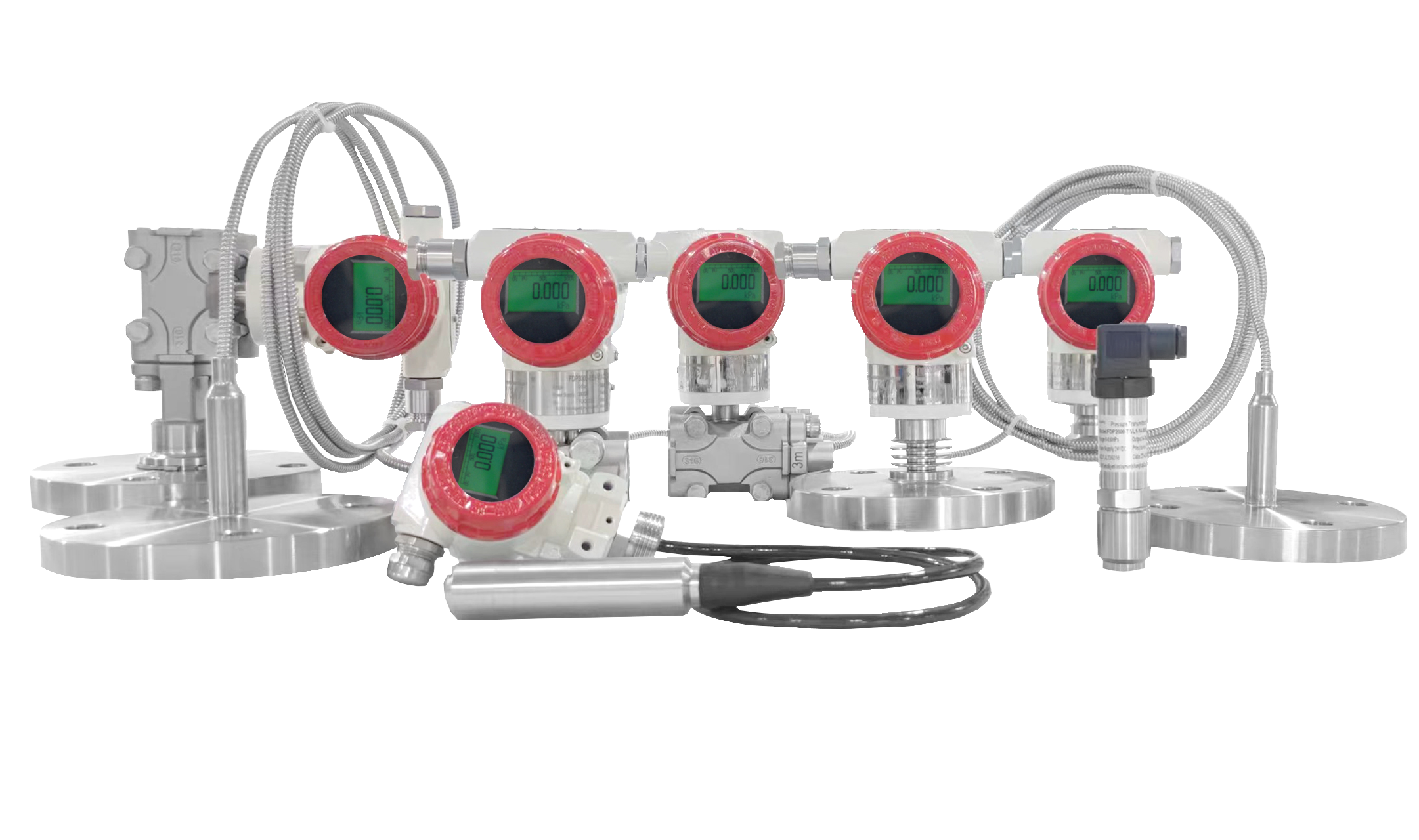 Smart Pressure Transmitters
Smart Pressure Transmitters